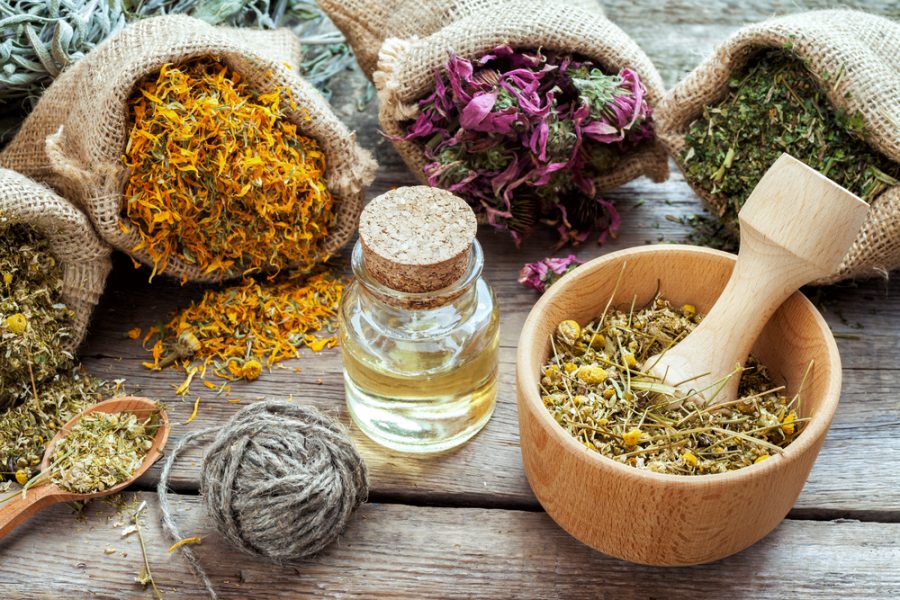Individuals who want to improve or maintain their health may use essential oils as part of their health care regime. To use essential oils safely, it’s important to understand what they are, what they’re used for, and how to know if they’re past their expiration date.
What are essential oils?
Essential oils are a natural product made with ingredients that come from plants. They are also produced naturally. Chemical processing is never used in their production.
Every type of plant component, from bark to leaves, can be used to make essential oils. Manufactures use distillation and cold pressing to extract the parts of plants that they need. Those components are combined with other ingredients to produce essentials oil that smell like the plant.
Uses of essential oils
The key feature of essential oils is their scent. Smells triggers your limbic system to send messages to the brain. Smells can affect your mood. They can elicit emotional responses. No sense a person has is more closely connected to memories, which makes the sense of smell incredibly important. A scent can even trigger behaviors. The limbic system can also cause physical responses such as lowering your blood pressure or regulating your breathing.
Inhaling scents from essential oils can also calm a person who is experiencing stress. Different scents are associated with specific health benefits. For example, pure rose essential oil is used to alleviate anxiety. Bergamot is reported to help with eczema. Those who have weakened immune systems may benefit from tea tree essential oils.
Expiration and safety considerations
Essential oils do expire, and they will go bad over time. It is not always readily apparent that they have gone bad, because essential oils don’t grow mold. They will, however, oxidize if they’ve been exposed to the air for too long. Light and heat can also affect essential oils. At the very least, oil essential oils or ones that have had too much exposure to air, light, and heat will not be the same essential oil they originally were, which means they may not convey the same potential benefits. Depending on the type of essential oil, altered or expired essential oils may actually be harmful.
How long an essential oil will last will at least partially depend on the ingredients. It’s important to familiarize yourself with the typical shelf life of the essential oils you’re using. For example, those containing ketones may last for up to five years, while essential oils with high oxide levels may only last for a year or two.
Although essential oils are intended to taste like a specific plant, they are not safe to ingest orally. Some may be applied topically, but they are typically diluted first to ensure the user doesn’t absorb too much essential oil. Diluted essential oils should only be applied to your legs or arms. They should never be placed inside a cavity of the human body or on or near your genitals.
It is possible to have an allergic reaction to physical application, so it’s a good idea to only apply a small amount at first and monitor the area to see whether you have an adverse reaction.
Who uses essential oils?
Essential oils are considered an alternative health treatment. Studies have shown that more Americans are turning to complementary and alternative medicine (CAM) options to address a wide range of health problems or as a preventative strategy to maintain good health. You may be surprised to discover that you already use CAM therapies, which include acupuncture, fitness regimes such as yoga and Pilates, special diets like South Beach and Atkins, and meditation. As of 2007, almost two out of every five adults in the United States used CAM.
While children are the least likely to use CAM, those ages 50 to 59 were most likely, with 44.1 percent of Americans in that age group incorporating some form of complementary and alternative treatment into their health care regime. Studies have shown that essential oils are more likely to be used by women. They are also more commonly associated with educated women with a higher income. 2007 survey results also demonstrated that ethnicity is a factor in how likely a person is to use CAM. More than 50 percent of Native Americans use CAM, compared to just 23.7 percent of the Hispanic population in the US.

